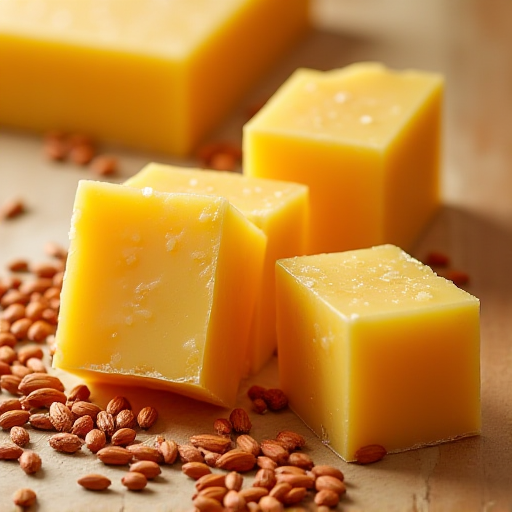
Why is Annatto Used in Cheese?
Annatto is a natural food colorant derived from the seeds of the achiote tree (Bixa orellana), which is native to tropical regions in the Americas. It has been used for centuries not only as a colorant but also for its potential medicinal properties. In modern culinary practices, annatto is commonly used to impart an appealing yellow or orange hue to various foods, most notably cheese. But why exactly is annatto used in cheese? This article explores the reasons behind its use, its impact on cheese production, and any potential health considerations.
Historical Context
The use of annatto in cheese dates back to the 16th century. Traditionally, the color of cheese was an indicator of its quality and source. In particular, cheeses made from grass-fed cow's milk during the summer months were naturally more yellow due to the higher beta-carotene content in the milk. Beta-carotene is a pigment found in grass, and cows that graze on fresh grass produce milk that retains this natural color.
However, as cheese production expanded and became more industrialized, maintaining consistent coloring became a challenge due to variations in cow diets and seasonal changes. Cheese producers began using annatto to standardize the color of their cheeses, ensuring that consumers received uniformly colored products year-round, regardless of the cows' diets or seasons.
Reasons for Using Annatto in Cheese
1. Color Consistency
One of the primary reasons for using annatto in cheese is to provide a consistent color. The natural variation in milk color can result in cheeses with inconsistent hues. By adding annatto, producers can achieve a reliable and uniform color, making their products more visually appealing to consumers who associate certain cheese types with specific colors.
2. Aesthetic Appeal
Cheese consumers often have expectations regarding the color of specific cheeses. For instance, cheddar is expected to have a rich orange hue, while gouda may have a more golden tint. Annatto allows cheesemakers to meet these expectations, enhancing the visual appeal and perceived quality of their products.
3. Market Preferences
Market preferences can vary, but in many Western societies, brightly colored cheeses are often preferred. Annatto helps producers cater to these preferences, ensuring that their cheeses are competitive in the marketplace.
4. Cost-Effectiveness
Annatto is a cost-effective way to color cheese when compared to synthetic dyes or other natural colorants. It is relatively inexpensive to produce, and only small quantities are needed to achieve the desired effect.
Impact on Cheese Production
Annatto is typically added during the cheese-making process, either to the milk before curd formation or directly to the curds themselves. The amount of annatto used can be adjusted to achieve the desired color intensity. It is crucial to note that annatto does not alter the flavor or texture of the cheese, allowing the natural taste profile to remain intact.
Health Considerations
Annatto is generally recognized as safe (GRAS) by health authorities such as the U.S. Food and Drug Administration (FDA) and the European Food Safety Authority (EFSA). It is a natural product with minimal known side effects. However, some individuals may experience mild allergic reactions, though these cases are rare.
Conclusion
Annatto serves a vital role in the cheese industry by providing a natural, safe, and cost-effective means to standardize and enhance the visual appeal of cheese. Its use helps ensure that consumers receive products that meet their expectations in terms of color, while not affecting the taste or quality of the cheese. As consumer preferences and demands continue to evolve, annatto remains an essential tool for cheese producers seeking to maintain consistency and appeal in their products.
